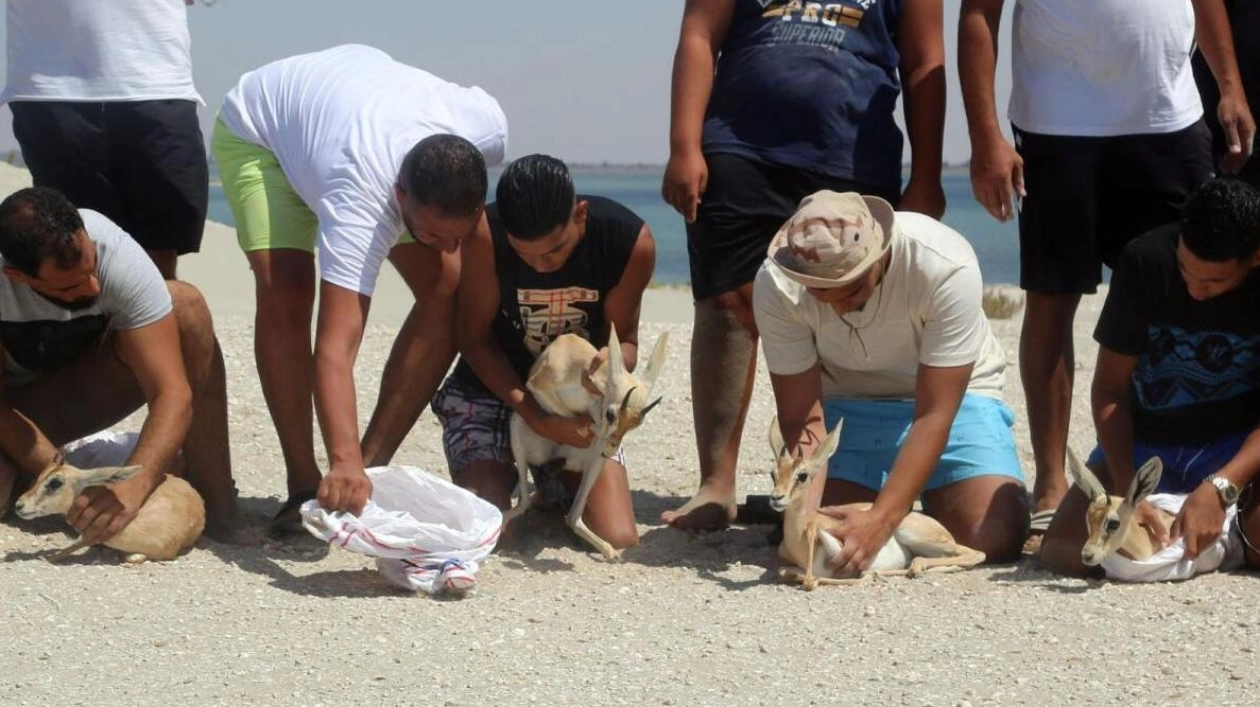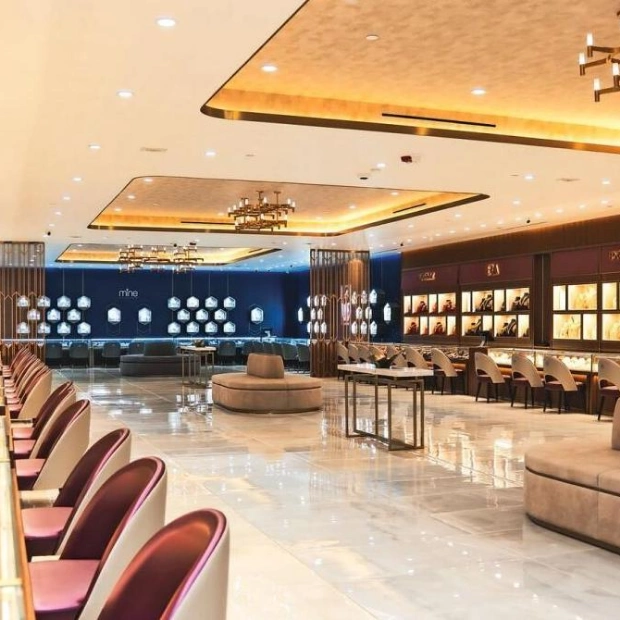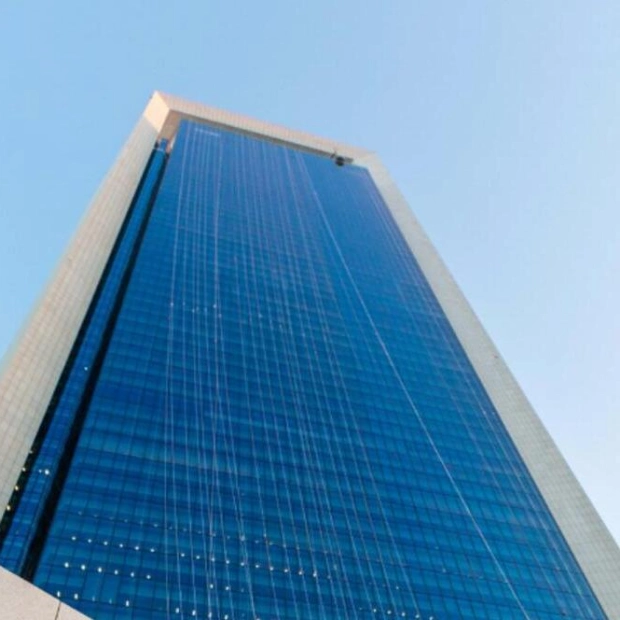Wrapped in white bags and cradled by volunteers, eight young rhim gazelles, an endangered species native to North Africa, have been relocated to an uninhabited Libyan island. Environmentalists are optimistic that their new abode on Farwa island, close to Tunisia, will serve as a sanctuary for this vulnerable species. Known scientifically as Gazella leptoceros, or simply rhim, these slender-horned gazelles inhabit desert regions across Algeria, Tunisia, Libya, and Egypt. However, their numbers have plummeted due to being a coveted target for hunters. According to a 2016 assessment by the International Union for Conservation of Nature (IUCN), only between 300 to 600 mature rhim gazelles remain in the wild in North Africa. Environmentalists aimed to relocate these wild animals to Farwa, a 13-kilometer-long sandbar, as part of conservation efforts, as explained by volunteer Mohamed al-Rabti to AFP. A preliminary group of rhim gazelles was released a few weeks prior, followed by eight more individuals, including one male and seven females, on July 18, Rabti further detailed. Upon their release, the young gazelles began to frolic and quickly vanished into the island's dense bushes. These gazelles, characterized by their long, slender horns, are small, agile, and well-adapted to desert conditions, featuring a pale coat that aids in camouflage against sandy terrains. However, this coloring offers limited protection against hunters, who have long been the primary threat to these animals. Armed with binoculars, automatic rifles, and robust four-wheel drive vehicles, some hunters pursue the gazelles as a pastime, while others do so for profit, with prices for a carcass reaching up to 5,000 Libyan dinars ($1,000). Gazella leptoceros has been listed on the IUCN's Red List of Threatened Species since 2016. Due to the lack of official census data in Libya, a nation grappling with chaos and instability since the ousting of dictator Moamer Kadhafi in 2011, efforts to safeguard their existence have been minimal. However, the efforts of numerous NGOs and activists may soon alter this scenario. Farwa, though not their natural environment, appears to suit the gazelles well, according to environmental activist Youssef Gandouz, who told AFP that the first group released on the island has been closely monitored via binoculars and drones and is thriving. The island also hosts the loggerhead sea turtle, which has become a symbol of the area, and serves as a resting point for flamingos and other migratory birds en route to Europe across the Mediterranean. Although currently uninhabited, Farwa was once the home of Amazigh tribes before they migrated to inland regions. The island boasts a picturesque landscape with scattered date palms on white sandy beaches, encircled by the shimmering Mediterranean Sea. Kadhafi once envisioned constructing a luxury seaside resort complete with floating villas and a golf course on the island. Once celebrated for its rich wildlife, Farwa now faces numerous threats including illegal fishing and pollution. Numerous associations and universities are making significant strides in protecting the island's biodiversity and plant life, as noted by reserve manager Jamal Ftess. In addition to wildlife conservation, efforts have been made to preserve the island's limited flora. Local groups like Bessida have been cultivating vegetation that withstands wind and sea spray and requires minimal water, aiming to provide sustenance for the animals and prevent erosion. Gandouz, assisting in the relocation of some plants, mentioned that this marks the second such transplantation initiative on Farwa. According to Ftess, the vegetation on Farwa is adequate for the rhim gazelles' survival, and Gandouz added that the narrow island now offers a secure refuge for turtles and migratory birds to nest and forage. However, activists have consistently cautioned that coastal erosion and rising sea levels pose significant climate-driven threats to the island. Ftess revealed that a study by a Libyan university indicated that between 1961 and 2006, the island's coastline eroded by 1.6 meters per year, and this rate increased to two meters per year between 2006 and 2020. "We require the support of the authorities to preserve it," he emphasized.

Text: Lara Palmer
28.07.2024
Conservation Efforts Aim to Protect Vulnerable Species in New Sanctuary





